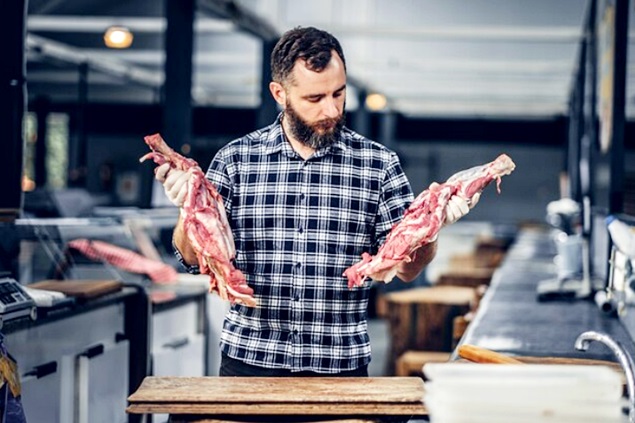1535

In December 2023, compared to December 2022, the number of cattle slaughters increased, while it decreased for pigs, sheep and goats, and poultry. The carcass weight increased for cattle and sheep and goats, while it decreased for pigs and poultry.
In the year 2023, compared to 2022, the number of slaughters increased for pigs, sheep and goats, and poultry, while it decreased for cattle. The carcass weight increased for sheep and goats and poultry, while it decreased for cattle and pigs.
The term "carcass":
a) For cattle, carcass weight represents the weight of the slaughtered animal's body, whole, after removing the skin, blood, and internal organs, without head, udder, tail, kidney fat, and legs (separated at the metacarpal and metatarsal joints).
b) For pigs, carcass weight represents the weight of the slaughtered animal's body, whole or divided into equal parts along the spine, after bleeding, without internal organs, hair, hooves, tongue, bone, and diaphragm.
c) For sheep and goats, carcass weight represents the weight of the slaughtered animal's body, after bleeding and skin removal, without internal organs, head, and legs (separated at the metacarpal and metatarsal joints). The kidneys and kidney fat are included in the carcass.
d) For poultry, carcass weight represents the weight of the slaughtered bird, after bleeding, without feathers, down, internal organs (intestines, liver, heart, gizzard), head, neck, and claws.
Average carcass weight: represents the ratio between the carcass weight and the number of slaughtered animals or poultry.





